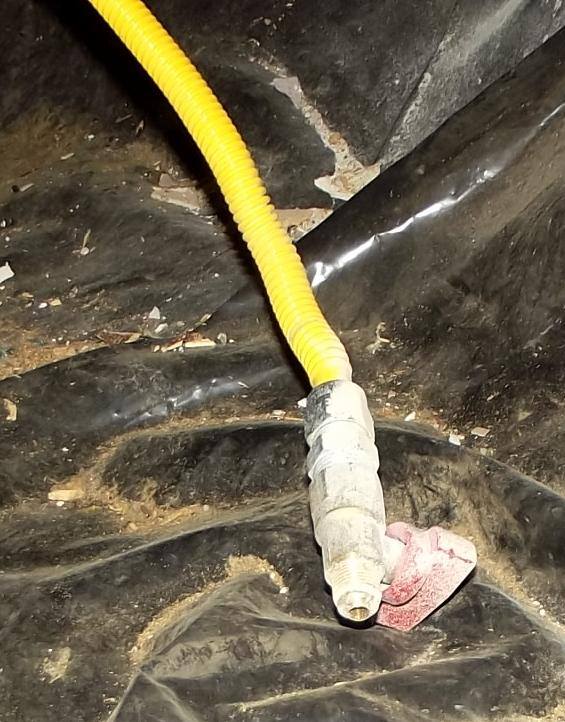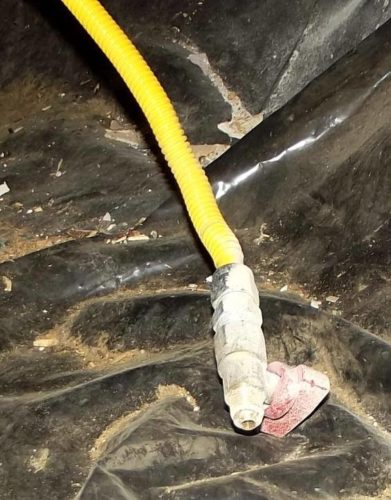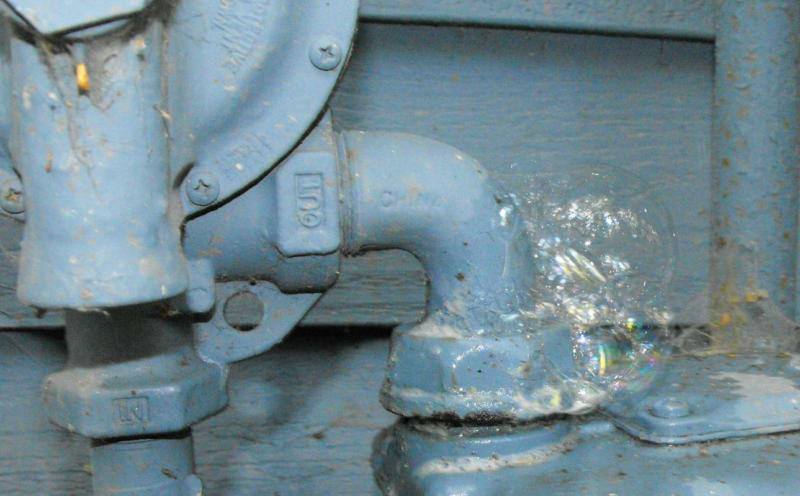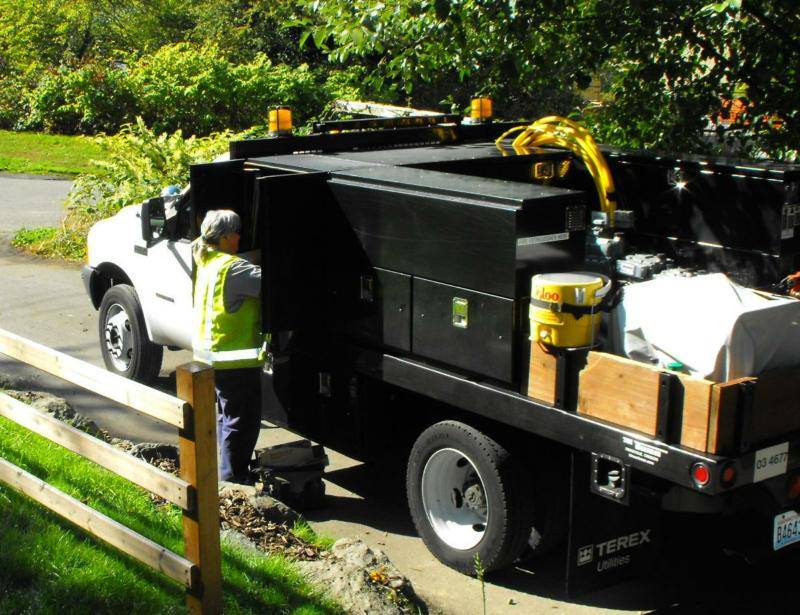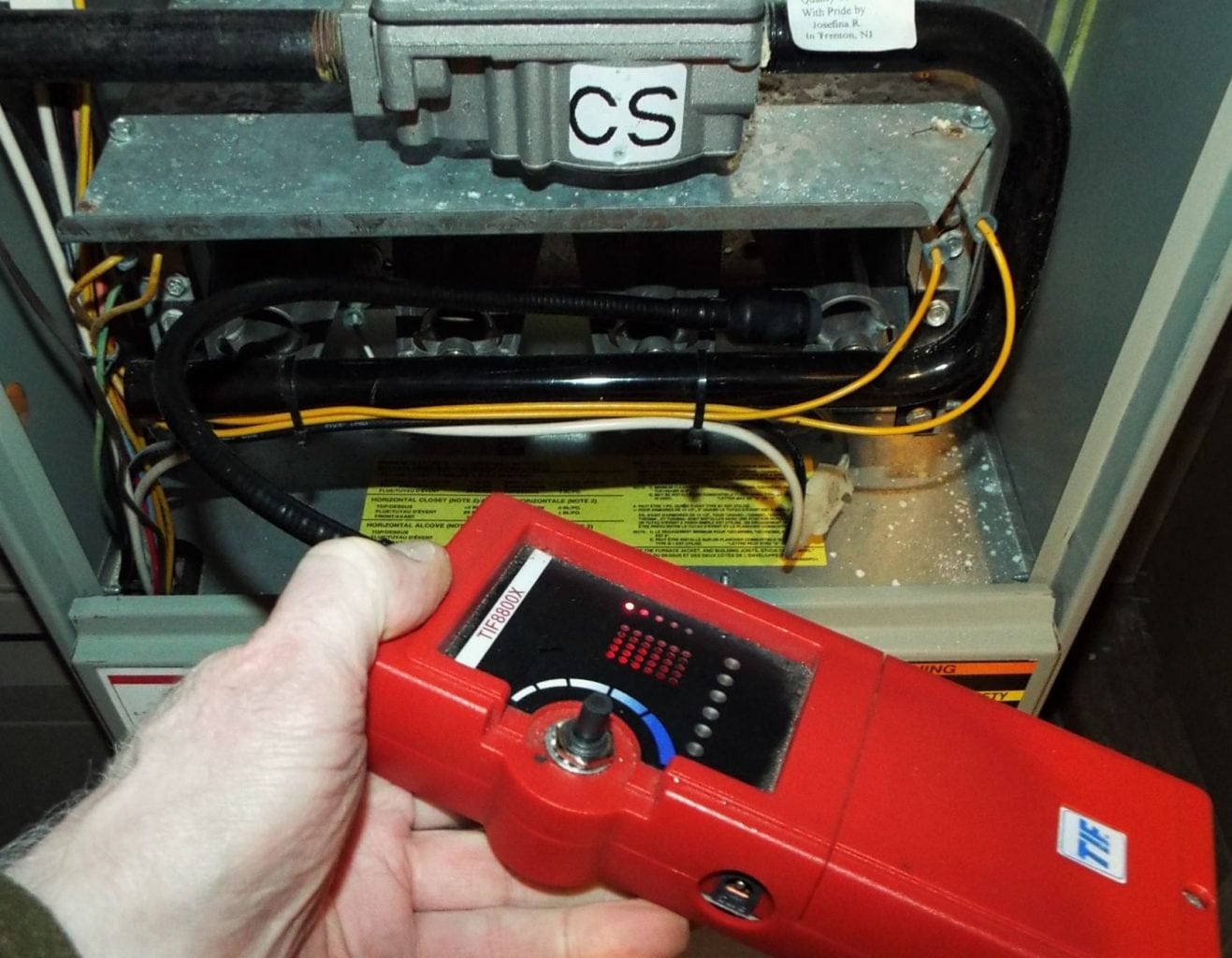
The disSTINKtive odor of natural gas or propane is hard to miss–and for good reason. Since the gases have no natural odor of their own, if we did not put stuff in the gas to alert us to when it was leaking, we would have exploding structures all over the place.
One of the most common gas leaks I find on inspections is at the furnace gas valve.
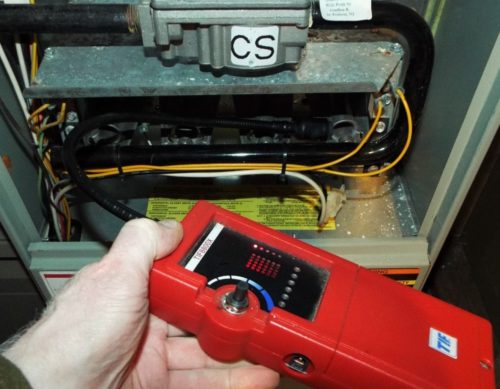
It is not so much that these valves leak more than they ever did in the past, it is just that modern furnace designs allow us to notice the leaks more often.
So what is an inspector to do? Say nothing?
Well obviously we cannot say “nothing”–but we can provide information as to what is going on. There is probably no way any of the parties involved in the inspection process is going to be willing to accept that “any” amount of gas odor is “normal”–even if it is.
From Honeywell, a major valve manufacturer: “Although the permeability values for gases through rubber diaphragms is extremely small (approximately 0.56 cc/hr) and almost negligible when compared to the 200 cc/hr maximum allowed by ANSI (ANSI allows 200 cc/hr for outerwall gas leakage and 235 cc/hr for valve gas leakage), it appears this is enough to explain an instantaneous indication of gas from a sensitive electronic gas sniffer detector.”
Before the advent of induced draft furnaces, any residual gas fumes would be drawn up the chimney and never noticed. Now these vapors build up inside the furnace compartment after the fan shuts off. The fumes sometimes find their way outside the furnace compartment where the odor can be smelled.
At least one manufacturer suggests that when leaks are noted, the valve should be tested, by a qualified HVAC technician, with a reliable combustible gas detector and then be tested with a flow gauge to see whether the gas is merely residual or actually leaking.
So when the technician shows up to fix the leak and cannot find it, that may be normal. However if they find “leaking” as well, make sure they do a flow test before going to the more expensive solution of changing the valve. All too often there is simply nothing wrong with the valve, and the new one may behave the same way.
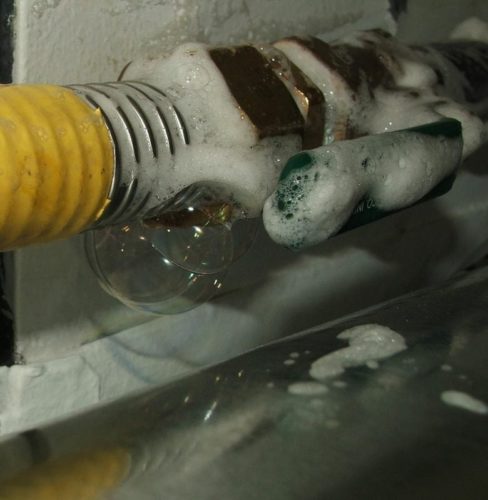
Normal gas leaks at gas pipe joints and fittings can be easily detected, located and soaped for clarification.
Leaking furnace valves are considerably more difficult to assess. This testing involves taking things apart, so your friendly home inspector is not likely going to be able to do this at the time of inspection.
By Charles Buell, Real Estate Inspections in Seattle
If you enjoyed this post, and would like to get notices of new posts to my blog, please subscribe via email in the little box to the right. I promise NO spamming of your email! 🙂
